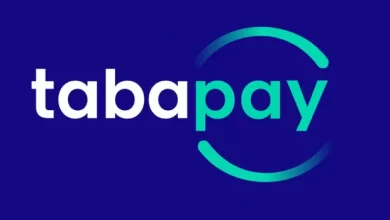EY: Scaling Gen AI for CIOs: Managing Risk

While the roadmap to deliver Gen AI change is clear, there are challenges that CIOs must first overcome to achieve the three key aims outlined above.
Firstly, “the relative infancy of the agenda presents a major challenge in that this is a new frontier for CIOs across the board,” says David, “bringing a plethora of learning curves along with it.”
He continues: “For example, it’s difficult to manage the voracious appetite of LLMs for data. The applicability of increasingly diverse data sets for Gen AI use cases increases the risk of inadvertent proliferation and exposure, leading to potential data security and privacy issues. Conversely, a lack of availability of data for use cases can stifle innovation with lost opportunity cost.
“We’ve also seen a new phenomenon we call ‘vendor confusion.’ Hundreds of vendors are offering models, data stores, libraries and other assets, which makes it hard to navigate and determine the combination that works best. There is also a lack of agreement on the highest-value use cases, which results in long periods of testing.”
Gen AI: A people, process and technology triumvirate
At its core, David says to successfully implement Gen AI, CIOs and IT operations need to successfully balance people, processes and the technology itself to maximise impact.
“A successful implementation of Gen AI requires cross-collaboration across all layers of the organisation,” David notes. “It involves finding and training individuals with AI expertise, adjusting how work is done to use AI most effectively and adding new AI tools into the current technology stack.
“CIOs must ensure that their workforce is properly trained to design, build and use Gen AI tools – such as copilots – effectively to support their daily work in a safe manner.
“Upskilling employees whose roles may have been impacted by Gen AI ensures they can focus on higher value work and creates further opportunities within the organisation. Leadership should champion the initiative to embed Gen AI broadly within the institution.”
He concludes: “It’s equally as important for CIOs to update processes to incorporate Gen AI tooling to add value, and also to create and change processes to document the critical knowledge held by employees.
“Additionally, CIOs must ensure they evolve risk management and compliance processes to measure and mitigate new types of risk.
“Finally, from a tech perspective, designing, building and scaling Gen AI tooling will support the changing needs of the enterprise in a safe and controlled manner.”



